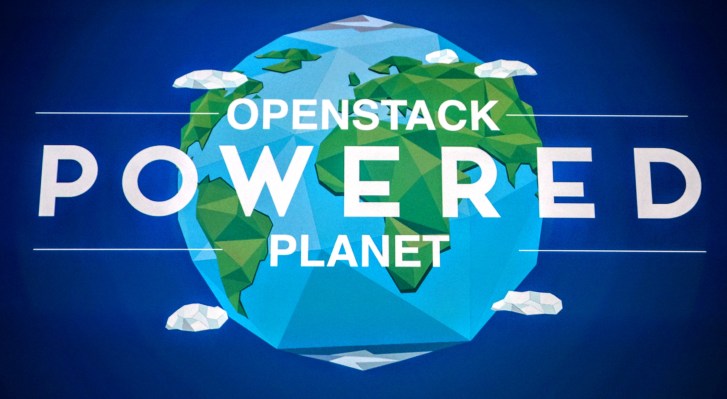The OpenStack Foundation today launched Mitaka, the thirteenth release of its open source enterprise cloud platform.
In many ways, this new release shows the growing maturity of the project, which was originally incubated in 2010 by Rackspace and NASA. Instead of lots of major feature additions (though there are still plenty of those), the focus for this release was on making the platform easier to manage for cloud operators and to improve the overall experience for users, as well.
“The reason why we are seeing this [focus] is because we have now had big users run OpenStack in production for two years now,” OpenStack Foundation COO Mark Collier told me.
He also stressed that one thing big OpenStack users like AT&T, Comcast, SAP and Time Warner have asked for is the organization to focus on ease of deployment. OpenStack, after all, is a rather complex project; getting started involved making a lot of decisions about the deployment. Collier told me that in order to do this, the developers focused on making setting up and configuring OpenStack a little bit easier now by choosing more default settings for the core components of the platform. These are based on the best practices developed by many of the large OpenStack operators. One example for this is OpenStack’s “Keystone” identity service, which allows administrators to integrate identity services like Active Directory into the platform and which now features a simplified set-up process.
As Collier also noted, the new release puts a greater emphasis on the user experience for developers who write applications that sit on top of OpenStack. They can now use a unified OpenStack client, for example, that allows developers to use a single set of calls for creating resources on the platform. The Mitaka release also features updated SDKs and makes it much easier for developers to work with OpenStack’s “Neutron” networking stack (though some of this work is still in its infancy).
As Collier told me, one of the surprises of the last few years was that a lot of telecom companies are now using OpenStack as the de facto way to adopt software-based network function virtualization to route information instead of using proprietary and highly specialized hardware. Indeed, he noted that if you are an AT&T customer, there is a good chance your calls now touch OpenStack in some form or another. Besides AT&T, other notable OpenStack users in this group include the likes of Deutsche Telekom, Telefonica and (AOL and TechCrunch parent company) Verizon.
Collier also stressed that while a lot of the interest in OpenStack comes from companies that use it to build their private clouds, the foundation is seeing a lot of companies use OpenStack for public cloud deployments as well, especially in Asia and Europe. The U.S. still lags a bit behind here, though; with DreamHost, Rackspace and others, the are also a few OpenStack-powered public clouds here, but their user numbers are obviously dwarfed by the likes of AWS.
